How to Stretch Your Grocery Budget With a Garden
For most americans, approximately 15% of your monthly budget goes toward purchasing groceries. That’s a lot, which is why reducing that expenditure is a big deal regardless the size of your family.
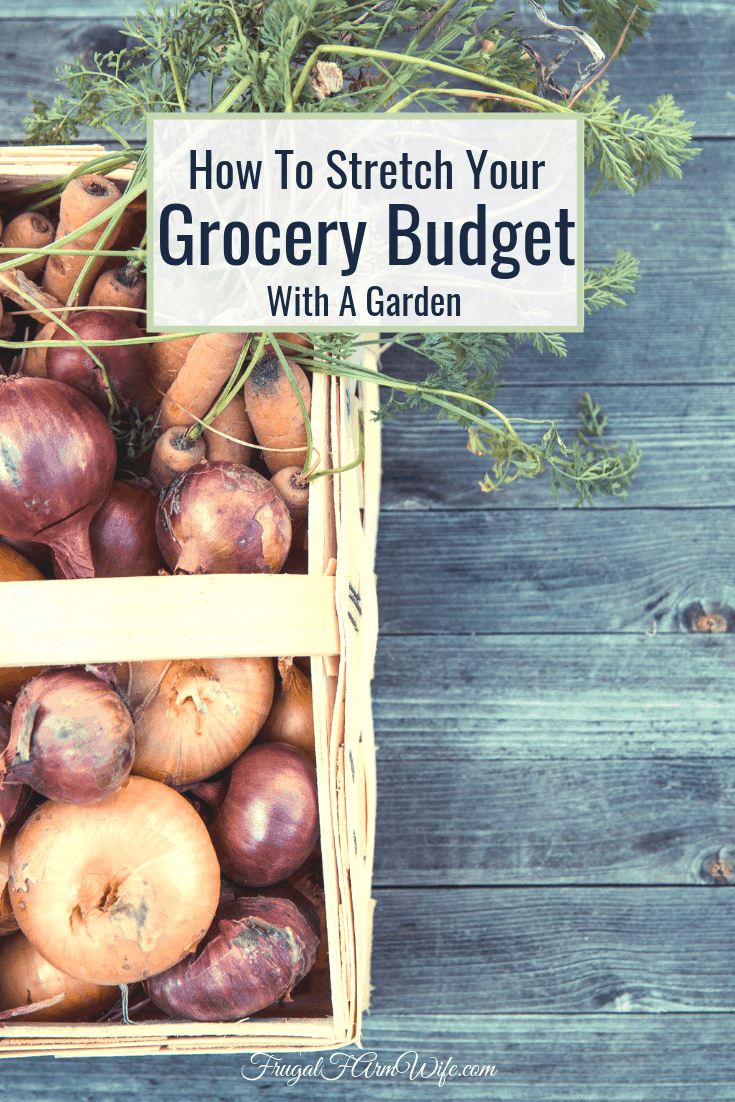
This article will offer some of the most implementable techniques that you can use to stretch your grocery budget and save a few bucks through gardening.
Why gardening? Because you’ll be surprised how much food you can produce for next to nothing regardless of your space restrictions. There are so many easy vegetables you can grow to save money!
Stretching Your Grocery Budget With a Garden
Plan Your Garden Well
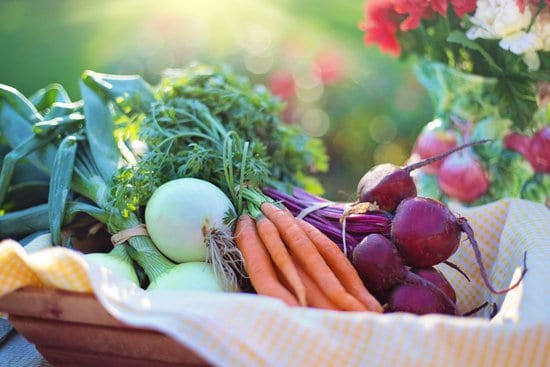
If you’re determined to reduce your grocery budget, then you’ll want to maximize your garden space to increase the number of vegetables you grow at home.
And by the way, getting the most out of your limited space doesn’t mean pouring on chemical fertilizer. You can grow loads of quality, organic vegetables in a small space, leaving you with more than you can eat, can, pickle, or give away
You can use the following tips & tricks to maximally utilize your home garden:
- Use pots. If you use pots to grow tomatoes and other vegetables, you will significantly utilize the upper space of the garden. You should note that it’s not mandatory that the pots lay on the ground! Instead, you can hang them, thus leaving more space for other vegetables
- Use Support Sticks or trellises for Climbing Plants. Some plants, such as beans, may occupy a lot of space if you let them grow horizontally. As such, you should always support them to grow vertically, which will significantly reduce the space they require for growth. This is the main reason we trellis our cucumbers which are traditionally grown horizontally – it takes up less space and makes them easier to pick!
- Partition Your Garden Well. Organizing your garden is instrumental in ensuring that you achieve the best results. It’s advisable that you partition it into small plots, with each section designated for a specific vegetable type. This will not only enhance productivity but also increase efficiency during farm management practices, thus increasing the yields. Get our companion planting guide here.
- Plant heavy producing varieties. When you’re looking at tomato plant varieties, do a quick search to see how they stack up. Which ones produce the most? Which takes up the most space? If you’re canning, maybe look at determinate varieties that set fruit over a shorter period of time, and tend to have smaller bushes. If you’re looking for fresh tomatoes all summer and into the fall, go with an indeterminate variety that will set fruit over and over again. The same goes for things like beans, broccoli, lettuce, and peas.
- Plant the easiest vegetables. If you have limited space, make sure to prioritize the easiest vegetables first. You may want to grow watermelon, but will two watermelon vines really save you money? Or will zucchini plants that provide a vegetable side dish over and over throughout the summer be more of a money saver? I can guarantee you it’s the zucchini. As long as you watch for bugs and beetles, it’s hard to mess up a zucchini plant, whereas soil nutrients and rain frequency affect watermelon plants too easily. If your goal is truly to save money by gardening, stick to the boring but oh, so effective basic vegetables. Green beans, squash, tomatoes, peppers, lettuces, homegrown cucumbers – those are all easy growers and heavy yielders that will save you money every time!
- Plan your meals around your produce. If you have a surplus of zucchini, you might be eating zucchini muffins for breakfast, zucchini stir fry for lunch, and zucchini bread for dessert. Or you might have a glut of tomatoes, eating tomato sandwiches for lunch and tomato soup for dinner. If you’ve never gardened before, this may seem like an odd and boringly repetitive concept, but view it as an adventure back in time when that was just real life in an agrarian society. I remember growing up in an Amish community when spring was coming on, suddenly, everybody was having broccoli soup for lunch, salads at every meal, and pickled beats to go with them. There’s nothing wrong with eating seasonally!
- Think long-term. There are some things that you may not see the fruits of this year, but planting them will pay off handsomely in the future. For instance, my husband and I love asparagus, but even in the spring, when it’s pretty cheap to buy, it’s not very cheap by the time snapping the stalks in half doubles the price. Our new asparagus patch will pay off by saving us money year after year in the future, even though it didn’t produce anything this year. The same is true with strawberries and many other fruits, such as blackberries, raspberries, and blueberries. They’re worth investing in now to save you money down the road!
- Can, freeze, and pickle the excess. Learning to can and pickle is well worth your time when you have extra garden produce. Making your own marinara sauce is satisfying, healthier, and tastes amazing. Making your own pickles, jams, and jellies, make great gifts as well as keeps your family supplied with quality condiments. Canning creates homemade convenience food, and though it does cost upfront to purchase supplies like a pressure canner and jars, those supplies can be used over and over again to save you money over the long haul. We are still eating dill pickles from last year and freezer pickles from two years ago, and we just finished up the last of our pear butter and sugar-free strawberry jam. Canning is definitely a skill you won’t regret learning!
Any garden you grow – no matter how small will save you money on groceries. So don’t be afraid to get your hands dirty, buy some seeds, put them in the ground, and start watering.
Thanks to Coupons.com for contributing of this article. Read about using coupons to stretch your budget here.
Get Your Garden Cheat Sheets!

Want to know exactly when, where, and how to plant your vegetables? Sign up to get our FREE companion planting guide, and garden planting cheat sheet printable.


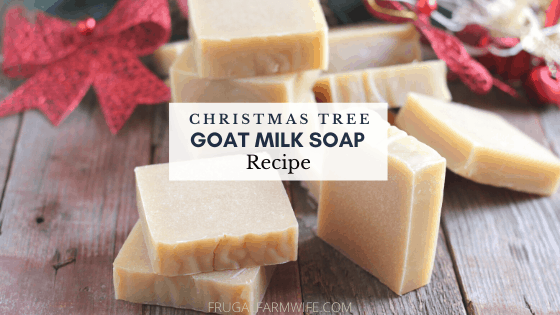
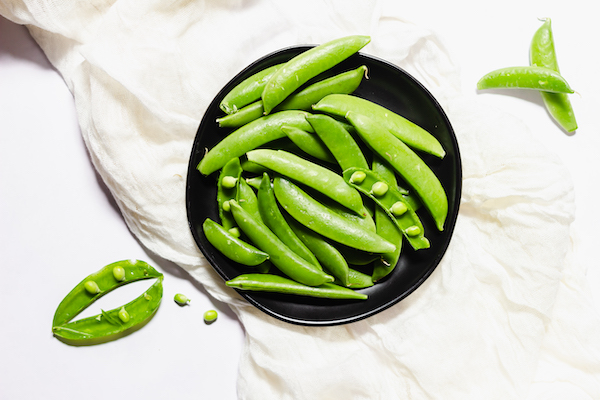
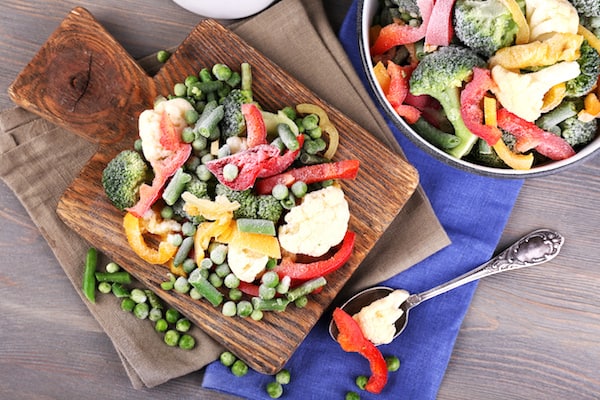

One Comment